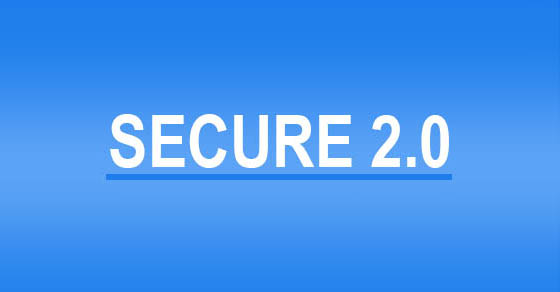
SECURE Act 2.0 – Impacts on Trusts as Beneficiaries of IRAs and Other Qualified Plans

Wealth Management
The SECURE Act 2.0 became law on December 29, 2022. Like its predecessor legislation, SECURE 2.0 made several changes to retirement plans that will affect individuals and employers. However, one of the lesser-known impacts of this legislation is its effect on trusts listed as the beneficiary of qualified retirement plans, such as IRAs and 401Ks.
Before the original SECURE Act, conduit trusts were utilized in estate planning to protect retirement plan assets from creditors while also allowing required minimum distributions to be calculated on the eldest, or sole, beneficiary’s life expectancy (referred to as a stretch IRA). This strategy was very popular in many estate plans involving significant retirement plan assets. With the passing of the SECURE Act and SECURE Act 2.0, naming a trust as the beneficiary of a qualified retirement plan can have some negative and unintended consequences, as the stretch IRA is no longer available to non-eligible designated beneficiaries and can create significant income tax burdens as a result.
Under current rules, trusts with qualified retirement plan assets and have at least one non-eligible designated beneficiary, such as most adult children and grandchildren, must withdraw the entirety of the assets in the plan within 10 years. The 10-year period starts with the year after the account owner’s death. Naming your spouse, an eligible designated beneficiary, and your adult children as current beneficiaries of the same trust could cause the unintended consequence of the trust needing to distribute the qualified retirement plan assets within 10 years. Instead, suppose the trust was to have only the spouse as beneficiary. In that case, the retirement plan assets could be distributed over the spouse’s remaining lifetime and spread the income tax burden over a longer period at lower tax rates.
It is very important that estate planning documents, including wills and trusts, be reviewed to ensure that they still meet your wishes and that there will be no unintended income tax consequences due to the rules of SECURE Act 2.0. Additionally, some planning opportunities could lessen the income tax burden of your heirs if you have significant qualified retirement plan assets.
Please reach out to your Yeo & Yeo professional for additional information and planning guidance.